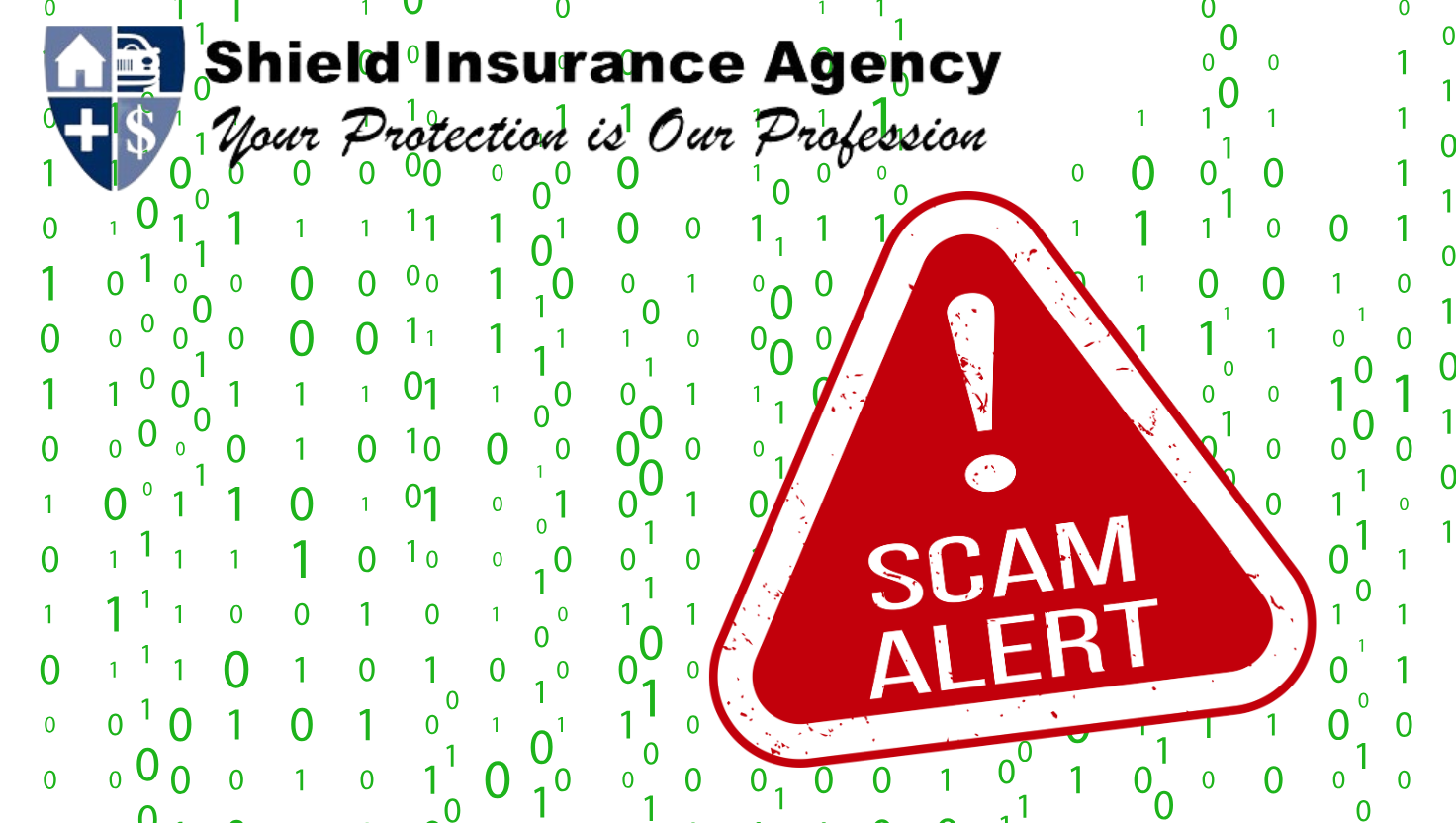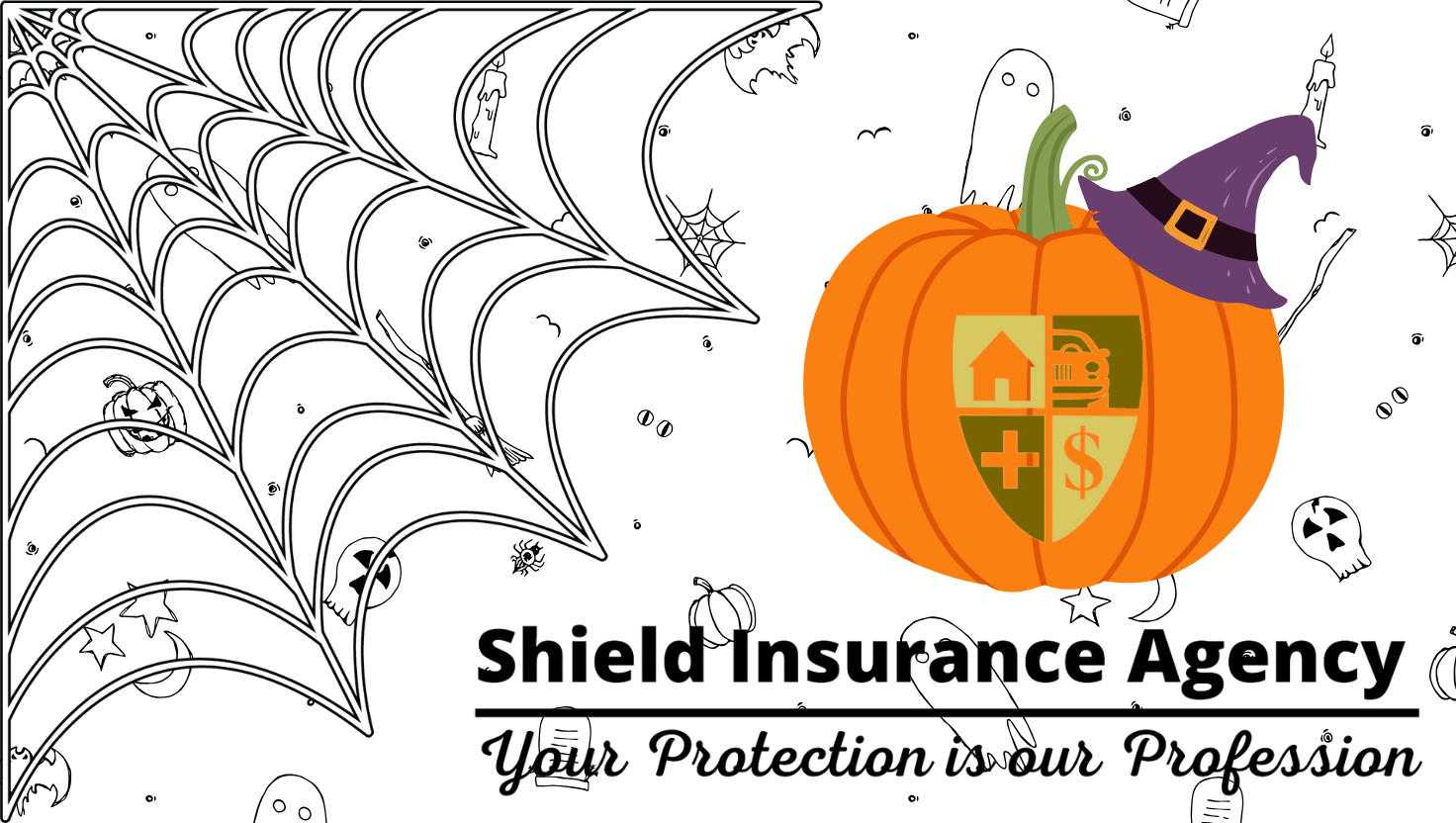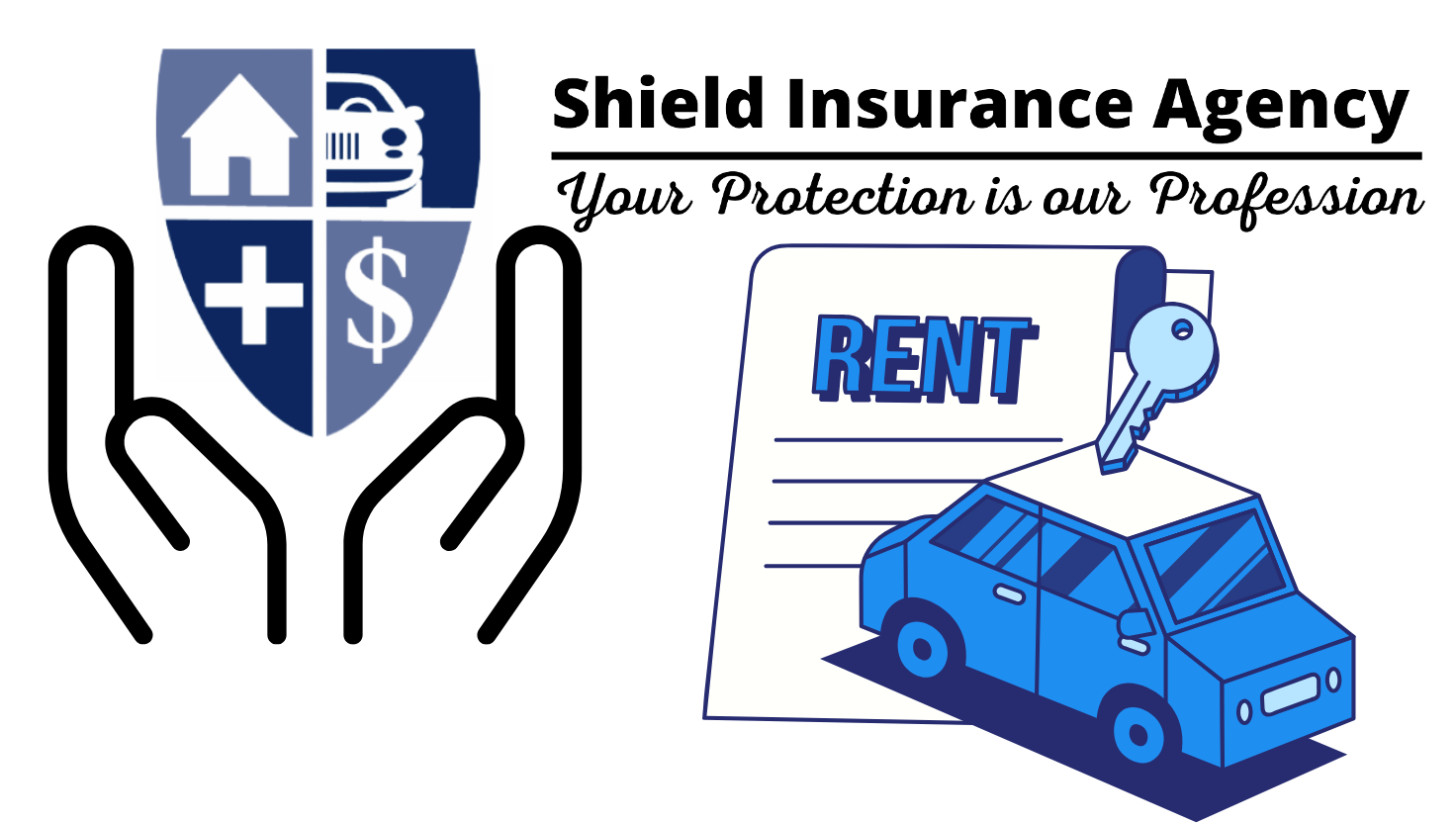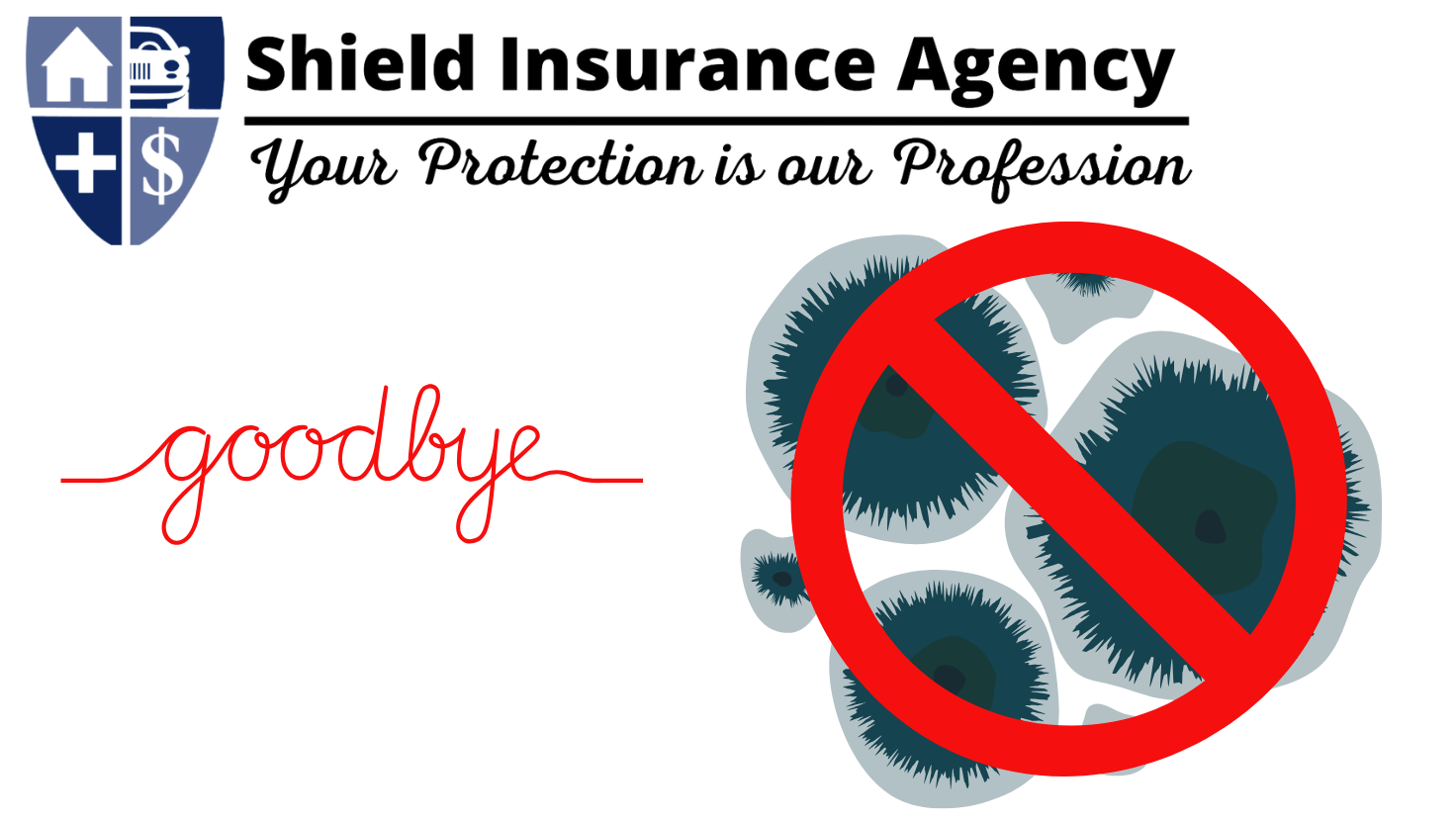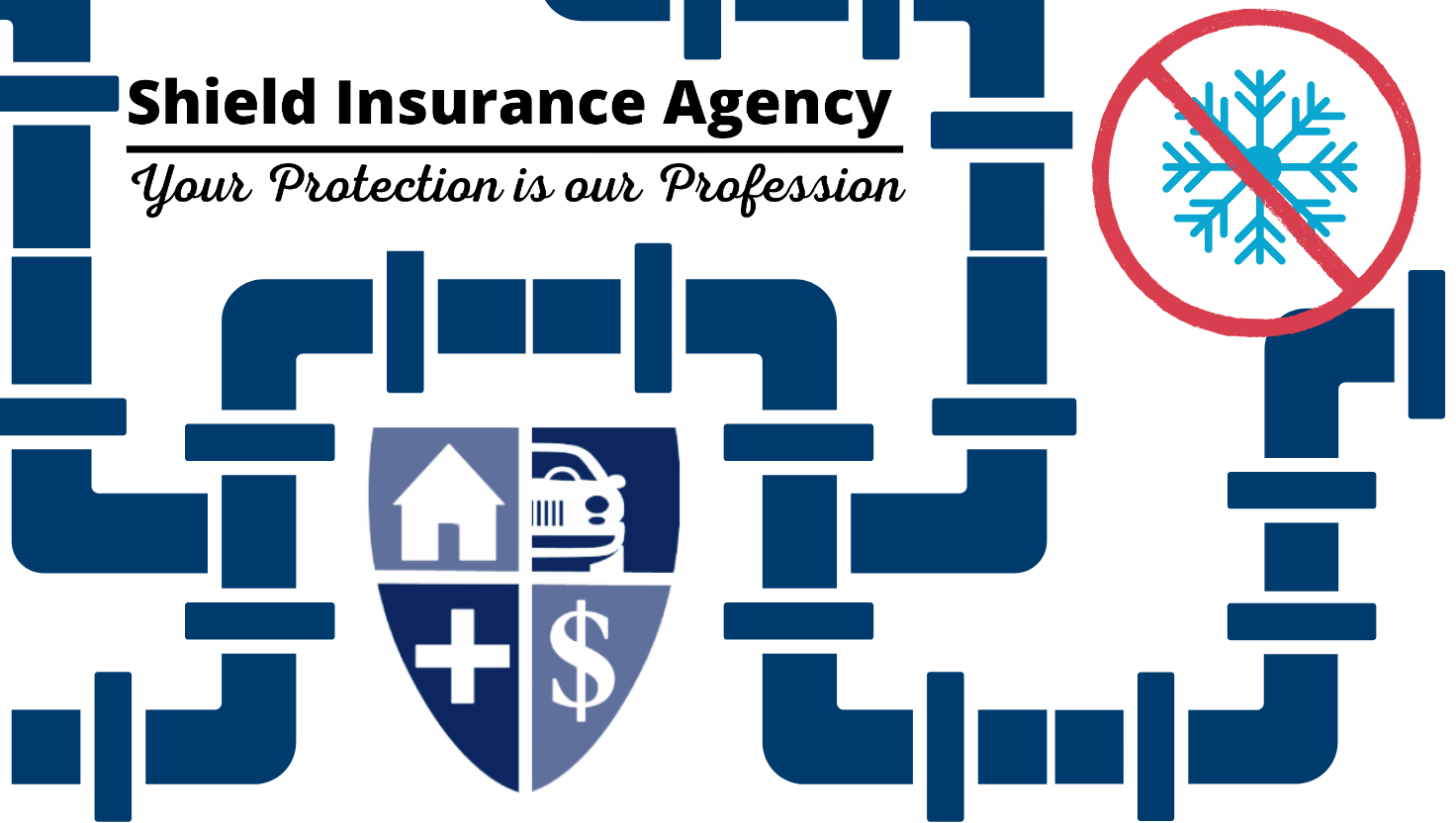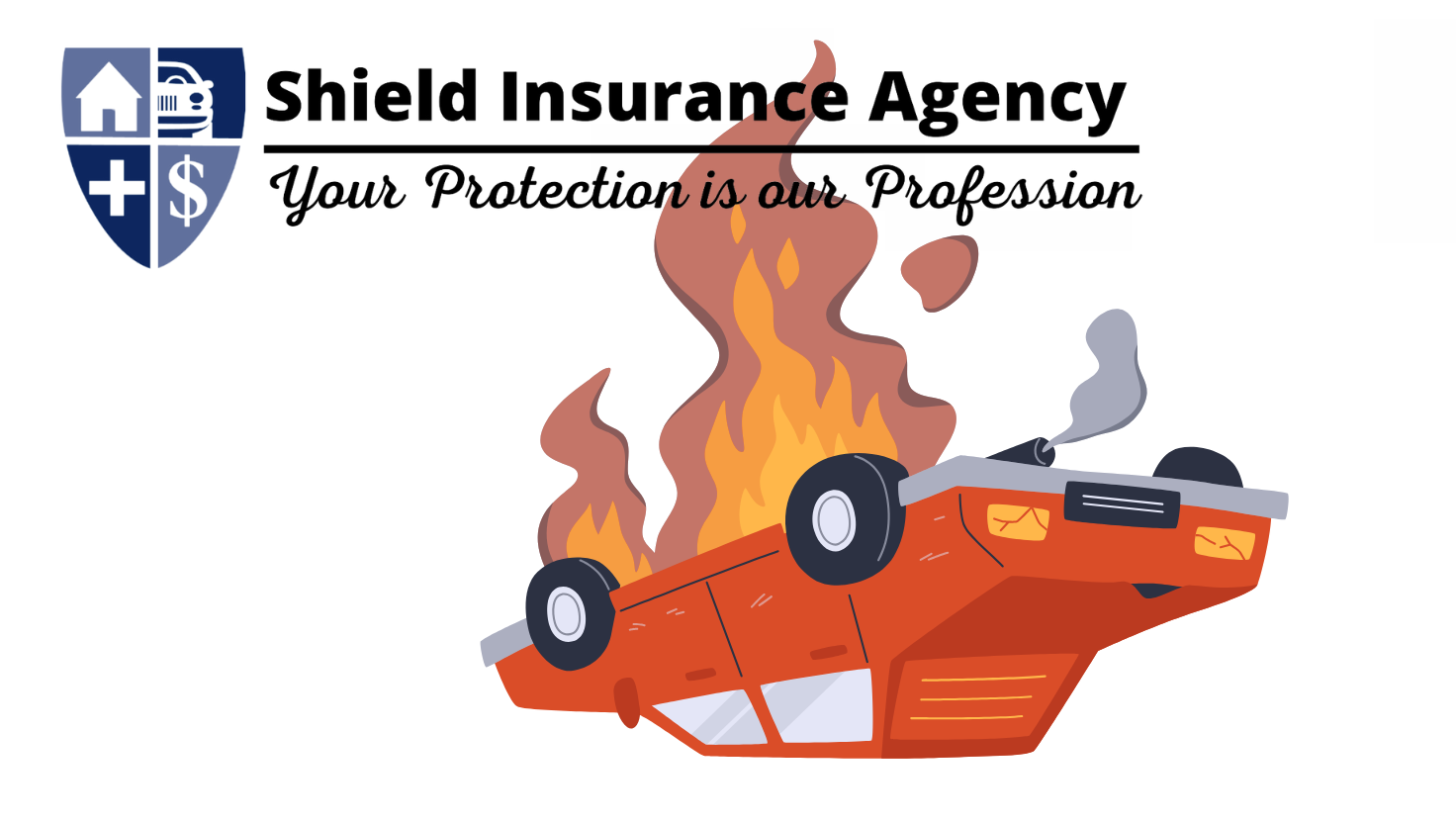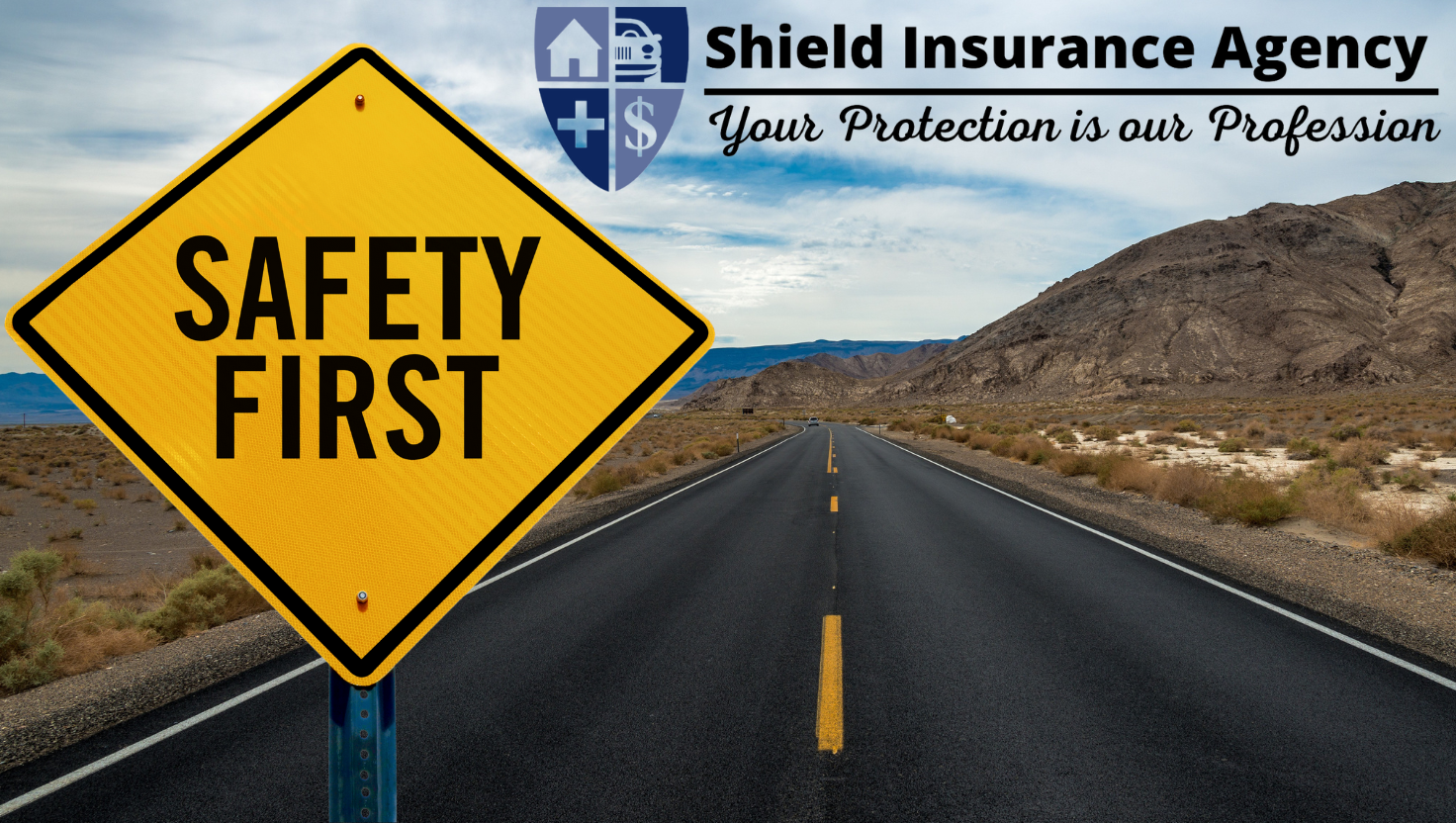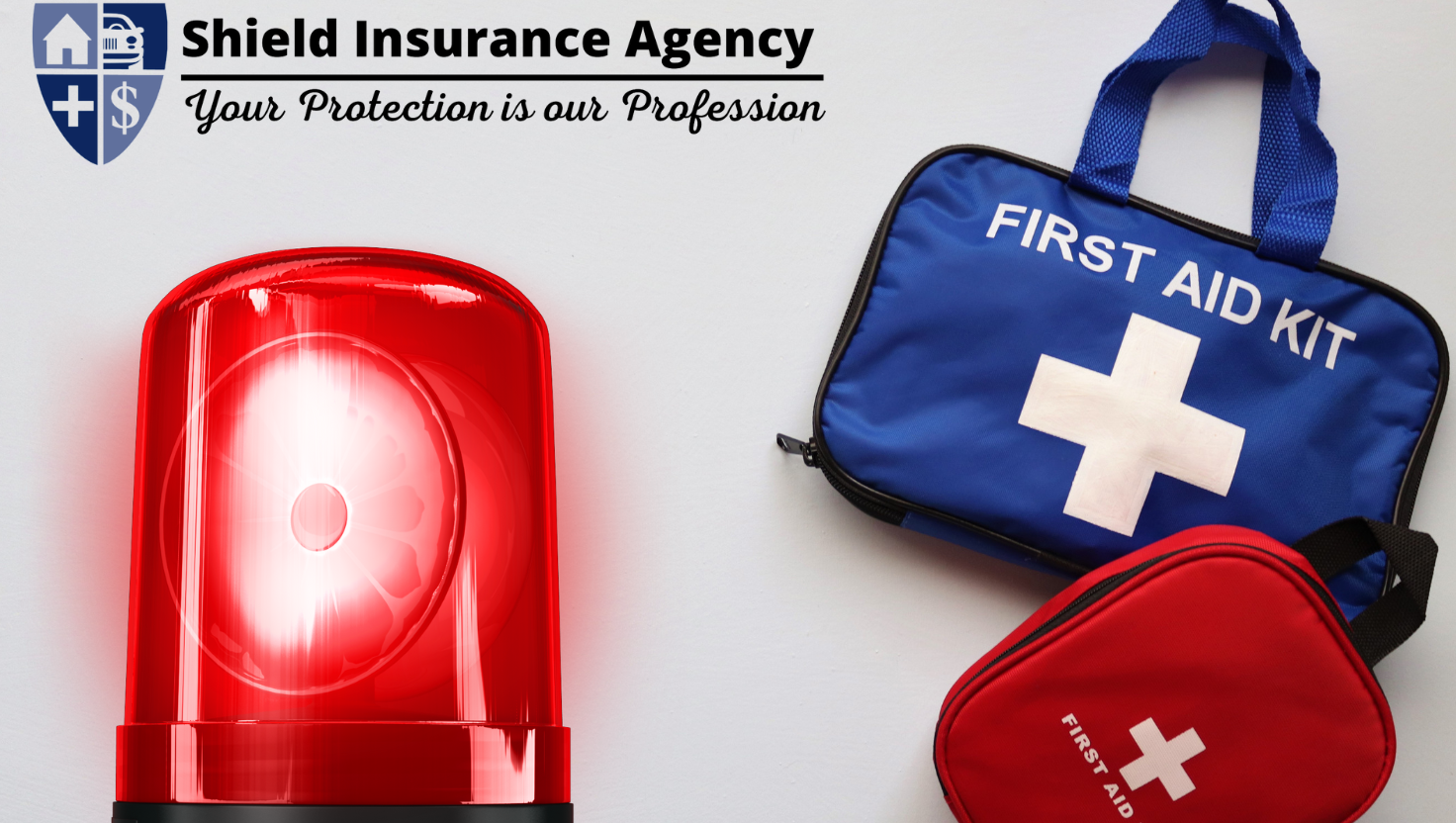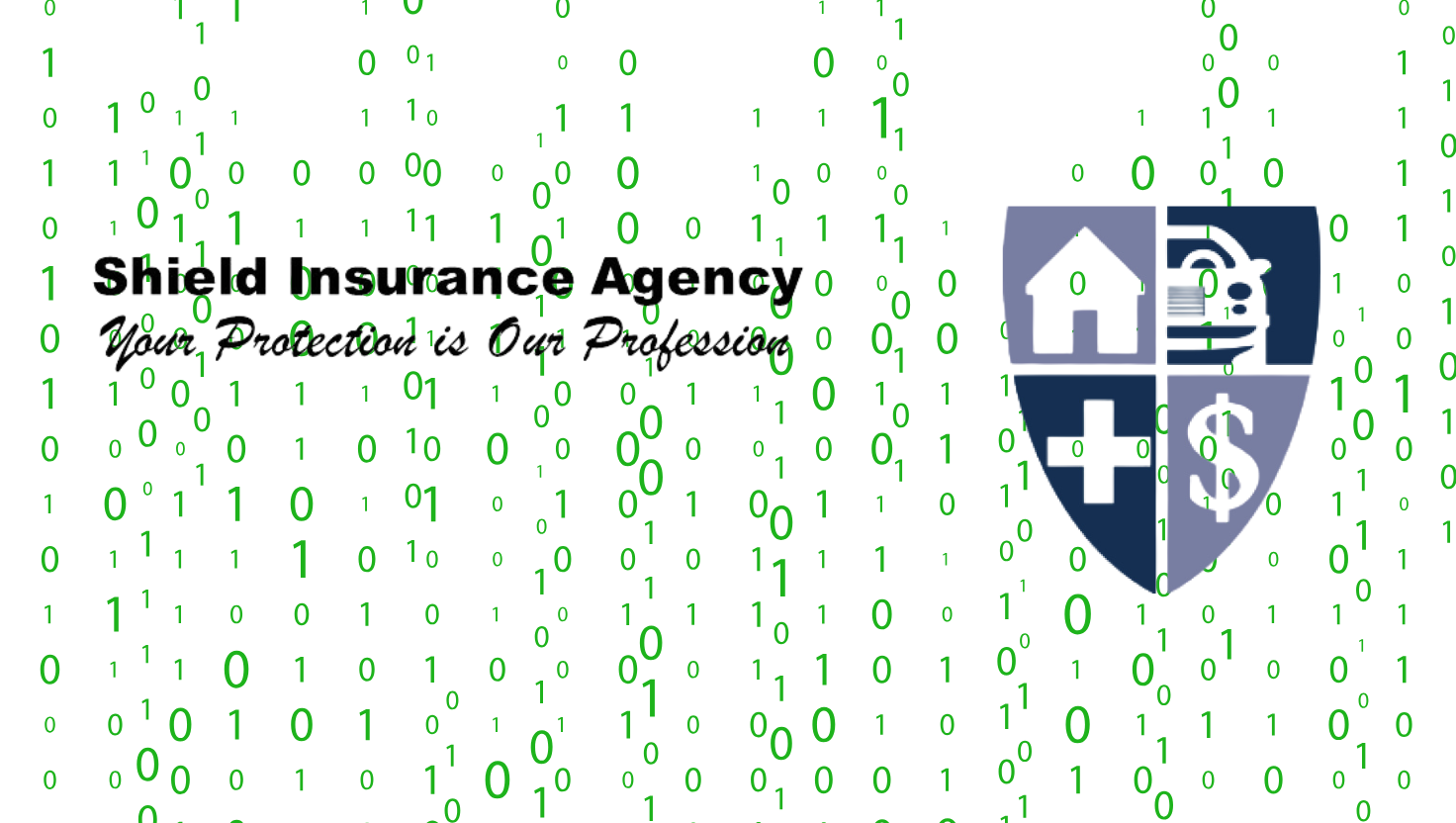
4 Tips to Help You Stay Ahead of Smartphone Hackers
Shield Insurance Blog | Smartphone Hackers | Start A Quote Today!
Did you know that Americans check their phone on average 80 times a day? Surprising, right? Unfortunately, the amount of times that our phones can be compromised is surprisingly high as well. And because mobile phones are so valuable to hackers, more and more new exploits are being discovered.
To help you stay ahead of smartphone hackers, we’ve combined the most frequent dangers and tips on what to do to help protect yourself.
What smartphone hackers value
- The device itself: Your data can be wiped, the device reset, resold and reactivated. Thieves have gotten better at taking phones apart and reassembling them into new phones to sell.
- Your data: Your phone is likely linked to your email, financial accounts and other personal records. Armed with your smartphone, a hacker could access your banking by resetting your email password or receiving a secure pin via text.
Lost or stolen phones: What to do before and after
- Track your phone with an app. The best ones track to within feet of where the phone is located. If your phone has been stolen, report its location to the police.
- Secure your phone with a password, swipe code or passphrase. Set the security settings to wipe the data on the phone after a certain number of password tries.
- If you lose your phone or it is stolen, notify your carrier right away and wipe the data if you are sure you cannot retrieve the phone.
Social engineering
Hackers are using social engineering to persuade mobile carrier customer service to fraudulently transfer phone numbers without your permission. Once they transfer your number to their device, they have password resetting capability for your email, banking, and other accounts.
To help lower the chances of this happening to you:
- Place a “do not port” alert on your account.
- Use a pin for your account and require it for all changes.
- If you receive a text or call from your mobile provider saying that someone is attempting to port your number, call them immediately. Do not respond directly to the message, as that may be a separate scam.
Phishing And Viruses
Texts and emails created by hackers can contain deceptive links or attachments that could infect your phone with malware. The malware can then steal your personal and financial information.
Here are some recommendations to help protect your phone:
- Do not accept text messages from numbers you do not recognize. Block them. If you are not already on the National Do Not Call Registry, sign up – it’s free and just takes two clicks.
- Don’t click on links in texts, especially those that look suspicious, and don’t download files from emails unless you are already expecting something from someone you trust. If it’s financial, give the person a call, just to confirm it actually came from them.
- Just as you have virus and malware protection for your home PC or laptop, it’s time to invest in smartphone protection. There are many competitive products priced at around $50 a year.
- Don’t plug into any unknown charging stations or devices. Bring a wall charger or power bank with you.
- Keep your operating system up to date. Operating system updates are usually issued in response to major security exploits. Because these updates are known to have weaknesses, you should review your product’s website to determine why the update has been issued and when to install it.
Mobile phones and your data on them can be compromised in a multitude of ways. Although keeping a step ahead of hackers is tough, educating yourself is critical.
For information only. Not applicable to all situations. The original version of this article written by Monique Ferraro, Counsel Cyber Practice at Hartford Steam Boiler, can be found on their blog.




